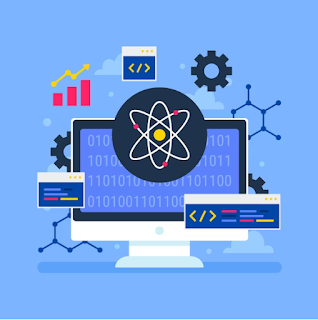Nurturing Seamless Connections: A Guide to Crafting Exceptional APIs
Building Bridges in the Digital World
In today's interconnected digital landscape, APIs serve as the glue that binds together the diverse array of applications and services we rely on daily. But behind every API lies a world of thoughtful craftsmanship and design principles aimed at ensuring smooth communication, reliability, and security. In this guide, we'll take a journey into the heart of API development, exploring the human-centric practices that make these digital bridges possible and reliable. Here are some API development best practices -
1. Design Principles: Creating User-Friendly Pathways
Speaking the Language of Simplicity
Just as a well-crafted story flows effortlessly, APIs should embrace simplicity and clarity in their design. By adopting RESTful principles, we ensure that our APIs speak a language that is intuitive and easy to understand. This simplicity not only enhances usability but also fosters a sense of familiarity and comfort for developers integrating with our APIs.
Crafting for Compatibility and Continuity
In the ever-evolving landscape of technology, versioning is akin to writing a sequel—a careful balance of continuity and innovation. By embracing versioning in our API design, we ensure that changes don't disrupt existing integrations. This thoughtful approach allows us to evolve our APIs gracefully, providing a seamless experience for both current and future users.
2. Performance Optimization: Accelerating Connections
Streamlining the Journey
Just as a well-oiled machine runs smoothly, optimized APIs deliver lightning-fast responses. Through techniques like response optimization and caching, we minimize wait times and ensure that users receive the information they need with minimal delay. By streamlining the journey, we create experiences that feel effortless and frictionless, leaving users delighted and satisfied.
Safeguarding the Path
In a world where security breaches loom large, safeguarding the path is paramount. Through robust authentication and input validation, we protect our APIs from malicious actors seeking to exploit vulnerabilities. By building security measures into the very fabric of our APIs, we provide users with peace of mind, knowing that their data is safe and secure.
3. Documentation and Testing: Lighting the Way
Illuminating the Path Ahead
Clear documentation is like a beacon in the dark, guiding developers through the intricacies of our APIs. By providing comprehensive guides, code samples, and usage examples, we empower developers to integrate with confidence and ease. Documentation not only educates but also inspires, fostering a community of collaboration and innovation around our APIs.
Testing the Waters
Before we set sail, it's essential to test the waters—to ensure that our APIs are robust and reliable. Through automated testing, we validate functionality, performance, and security, identifying and addressing issues before they impact users. By investing in testing, we build trust and confidence in our APIs, knowing that they are ready to withstand the rigors of real-world usage.
Conclusion: Bridging the Divide
In conclusion, API development is more than just writing code—it's about building bridges that connect people, systems, and ideas. By embracing human-centric design principles, optimizing performance, and prioritizing documentation and testing, we create APIs that not only function flawlessly but also enrich the lives of those who use them. As we continue to forge ahead in the digital landscape, let us remember that behind every API lies a world of thoughtful craftsmanship, dedication, and a commitment to making connections that matter.
.jpg)

Comments
Post a Comment